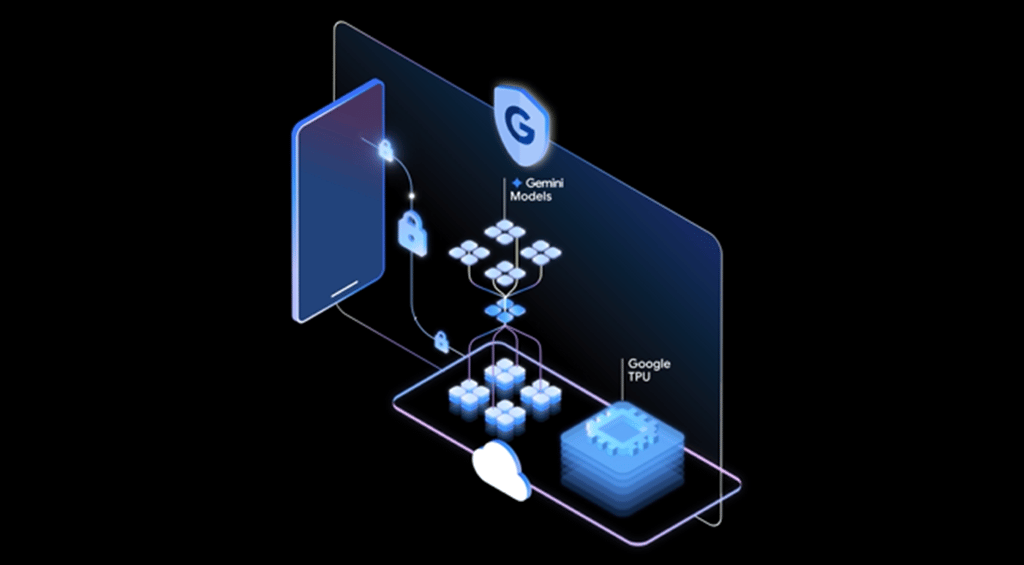At the heart of Cisco’s cloud strategy is its Unified Computing System (UCS). At the Cisco Live user conference today, Cisco announced new extensions for the UCS that provide even more density for cloud deployments. Omar Sultan, solution manager for data center switching in the Data Center Solutions team at Cisco, told InternetNews.com that new […]
Datamation content and product recommendations are
editorially independent. We may make money when you click on links
to our partners.
Learn More
At the heart of Cisco’s cloud strategy is its Unified Computing System (UCS). At the Cisco Live user conference today, Cisco announced new extensions for the UCS that provide even more density for cloud deployments.
Omar Sultan, solution manager for data center switching in the Data Center Solutions team at Cisco, told InternetNews.com that new UCS improvements are on the networking side as opposed to the processor side. Cisco’s UCS is powered by Intel chips and were recently updated with the Westmere EX launch in April.
Cloud Storage and Backup Benefits
Protecting your company’s data is critical. Cloud storage with automated backup is scalable, flexible and provides peace of mind. Cobalt Iron’s enterprise-grade backup and recovery solution is known for its hands-free automation and reliability, at a lower cost. Cloud backup that just works.
SCHEDULE FREE CONSULT/DEMO
The new networking improvements include new virtual interface cards. The new interface technology allows a single 10 Gigabit Ethernet port to look like up to 256 individual machines to a virtualization hypervisors. Previously, Cisco’s virtual NIC only was able to deliver 128 virtual interfaces.
“So you take a single 10 GbE port and present it to look like to 256 virtual PCIe interfaces up to the hypervisor and the OS stack,” Sultan said. “Each virtual machine looks like it has its own network interface.”
The virtual interface cards are not just simply dividing up available bandwidth. Rather, Sultan noted that the UCS system also intelligently allocates bandwidth.
“What makes this interesting is that if you take a 10 GbE port and provide 256 virtual NICs you’re not magically creating bandwidth,” Sultan said. “Bandwidth allocation is still managed through policy so we’re not taking the 10 GbE port and slicing it up into really tiny interface cards that everyone is sipping bandwidth through.”
Sultan explained that the UCS can dynamically prioritize the traffic as needed based on policy. So high-value application can be prioritized to ensure they get the bandwidth they need.
“The fact that we’re allocating bandwidth based on some quality of service policies, it allows customers to drive high density on a 10 GbE port,” Sultan said.
Cisco is also improving the management capabilities of the system with an updated UCS Manager release. The new management updates provides additional capabilities for handling the increased density that the virtual NICs can provide. Additionally the system has been improved to support the new VMware vSphere 5.0 release which was announced this week by VMware.
The new VMware release is also focused on scalability and now provides users with the ability to allocate up to 1 TB of RAM per virtual machine. Sultan noted that from an architectural point of view, the UCS is ready for the new scale demands of vSphere.
While Cisco is delivering more density and scale, size alone isn’t enough to actually enable a cloud strategy.
“More is always nice, but you need to have management and automation, that’s what makes the cloud, the cloud,” Sultan said. “It’s not just about having cool stuff, that would be like having a Ferrari but not having a steering wheel. So what we’re trying to do is deliver both sides of the equation.”
Sean Michael Kerner is a senior editor at InternetNews.com, the news service of Internet.com, the network for technology professionals.
-
Ethics and Artificial Intelligence: Driving Greater Equality
FEATURE | By James Maguire,
December 16, 2020
-
AI vs. Machine Learning vs. Deep Learning
FEATURE | By Cynthia Harvey,
December 11, 2020
-
Huawei’s AI Update: Things Are Moving Faster Than We Think
FEATURE | By Rob Enderle,
December 04, 2020
-
Keeping Machine Learning Algorithms Honest in the ‘Ethics-First’ Era
ARTIFICIAL INTELLIGENCE | By Guest Author,
November 18, 2020
-
Key Trends in Chatbots and RPA
FEATURE | By Guest Author,
November 10, 2020
-
Top 10 AIOps Companies
FEATURE | By Samuel Greengard,
November 05, 2020
-
What is Text Analysis?
ARTIFICIAL INTELLIGENCE | By Guest Author,
November 02, 2020
-
How Intel’s Work With Autonomous Cars Could Redefine General Purpose AI
ARTIFICIAL INTELLIGENCE | By Rob Enderle,
October 29, 2020
-
Dell Technologies World: Weaving Together Human And Machine Interaction For AI And Robotics
ARTIFICIAL INTELLIGENCE | By Rob Enderle,
October 23, 2020
-
The Super Moderator, or How IBM Project Debater Could Save Social Media
FEATURE | By Rob Enderle,
October 16, 2020
-
Top 10 Chatbot Platforms
FEATURE | By Cynthia Harvey,
October 07, 2020
-
Finding a Career Path in AI
ARTIFICIAL INTELLIGENCE | By Guest Author,
October 05, 2020
-
CIOs Discuss the Promise of AI and Data Science
FEATURE | By Guest Author,
September 25, 2020
-
Microsoft Is Building An AI Product That Could Predict The Future
FEATURE | By Rob Enderle,
September 25, 2020
-
Top 10 Machine Learning Companies 2021
FEATURE | By Cynthia Harvey,
September 22, 2020
-
NVIDIA and ARM: Massively Changing The AI Landscape
ARTIFICIAL INTELLIGENCE | By Rob Enderle,
September 18, 2020
-
Continuous Intelligence: Expert Discussion [Video and Podcast]
ARTIFICIAL INTELLIGENCE | By James Maguire,
September 14, 2020
-
Artificial Intelligence: Governance and Ethics [Video]
ARTIFICIAL INTELLIGENCE | By James Maguire,
September 13, 2020
-
IBM Watson At The US Open: Showcasing The Power Of A Mature Enterprise-Class AI
FEATURE | By Rob Enderle,
September 11, 2020
-
Artificial Intelligence: Perception vs. Reality
FEATURE | By James Maguire,
September 09, 2020
SEE ALL
CLOUD ARTICLES







